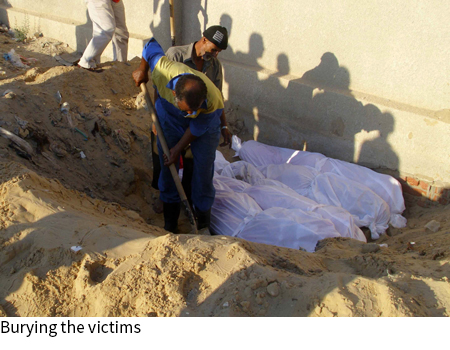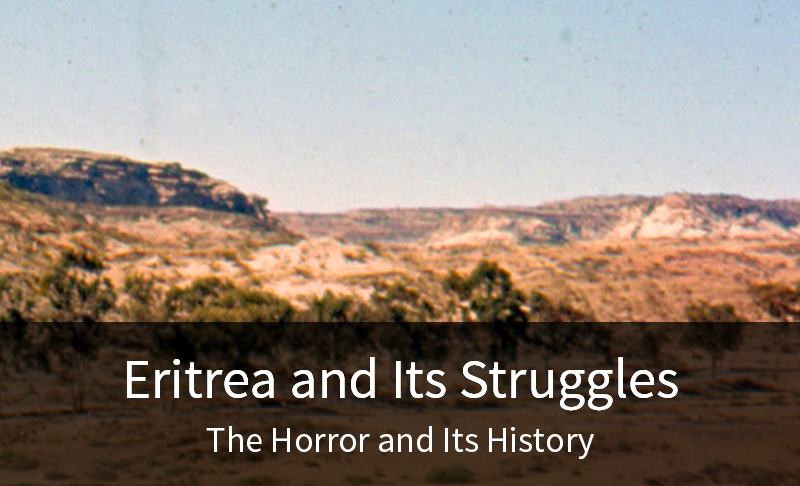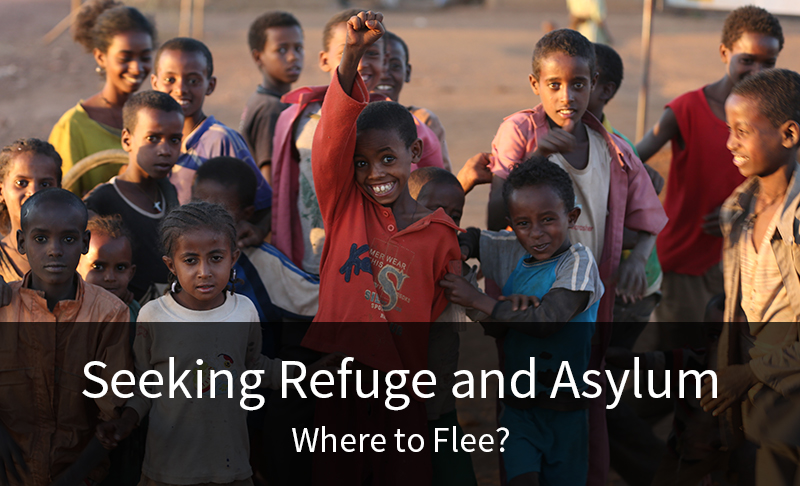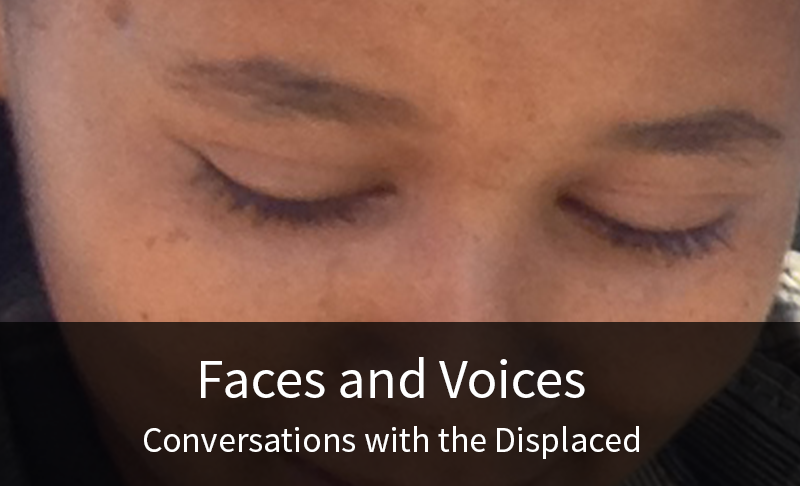Sinai: Torture, Rape and Death
Seeking Refuge and Asylum
Sinai: Torture, Rape and Death
Screams Over Cell Phones
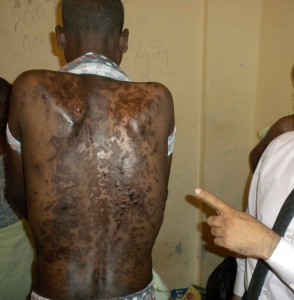 Tragically, beginning in 2009, thousands of those Eritreans who had escaped into Sudan have been kidnapped, trafficked, and then tortured for ransom by an organized network of bandits. At least through 2013 a methodical extortion operation was conducted in the north of Egypt’s Sinai Peninsula. Eritrean hostages there were forced by the traffickers to call their families on cell phones, then were tortured during the course of the calls so that their families could hear their agonized screams.
Tragically, beginning in 2009, thousands of those Eritreans who had escaped into Sudan have been kidnapped, trafficked, and then tortured for ransom by an organized network of bandits. At least through 2013 a methodical extortion operation was conducted in the north of Egypt’s Sinai Peninsula. Eritrean hostages there were forced by the traffickers to call their families on cell phones, then were tortured during the course of the calls so that their families could hear their agonized screams.
Nearly impossible ransoms of up to $40,000 per hostage were demanded from their already impoverished families. Many of those hostages who couldn’t procure the funds were tortured to death and their bodies dumped in the desert. Young women were routinely gang-raped, often for periods of months. Daughters were raped in front of their fathers. Children were mutilated while the traffickers laughed. Victims were burned, electro-shocked, hung from ropes, bludgeoned and broken. Often they were chained together in gangs, with the still living linked side by side to the rotting dead. Pregnant women, and even women giving birth, were subjected to the atrocities. It was a unique form of human trafficking, conducted not to put the victims to work illicitly, but expressly to inflict physical pain upon their bodies with a view to collecting ransom.
High-ranking Eritrean military figures were even implicated in the trafficking. Estimates of aggregate extortion revenues run to the hundreds of millions of dollars. Possibly nothing comparable to this, or on such a scale, has happened elsewhere in modern times to that date.
The atrocities in Sinai have been amply documented by Human Rights Watch, Amnesty International, a group of European experts (Mirjam van Reisen, Meron Estefanos and Conny Rijken), and many others.
The Continuing Torture Today
When the Morsi government in Egypt fell in 2013, the Egyptian army began to restore its presence in northern Sinai, and the atrocities against the Eritrean refugees abated there. But widespread reports indicate that kidnapping, extortion and torture of Eritrean refugees continue to occur in Sudan and Libya.
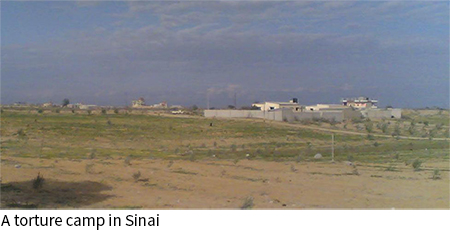
The World’s Silence
The identities of the Eritreans’ torturers and the locations of the torture camps in Sinai were well known to activists, and they were available to the governments of both Egypt and Western countries. But due to the lawlessness in Sinai that preceded and followed the Arab Spring, no police action occurred. Many prominent international publications covered the atrocities, in print and online. For example, through the encouragement and assistance of The America Team, CNN International aired several early, multi-part broadcasts exposing and graphically depicting the atrocities. Also through collaboration with The America Team, the Wall Street Journal featured a front page exposé about the trafficking and torture operation; and its electronic edition, in an unprecedented stroke, ran a video of its reporter speaking by telephone in his office to a young woman who was being held hostage in Sinai and who described in graphic detail the tortures surrounding her there. Still no government chose to act, and countless Eritreans continued to be extorted, raped, maimed and murdered.
Disturbing Photographs
Caution: The photographs of victims of Sinai traffickers that appear within this link may be highly disturbing. They represent only a few of the many such photos that were taken and supplied to The America Team by Hamdy Al Azazy, an Egyptian humanitarian with whom The America Team has worked closely. View the photos here.
